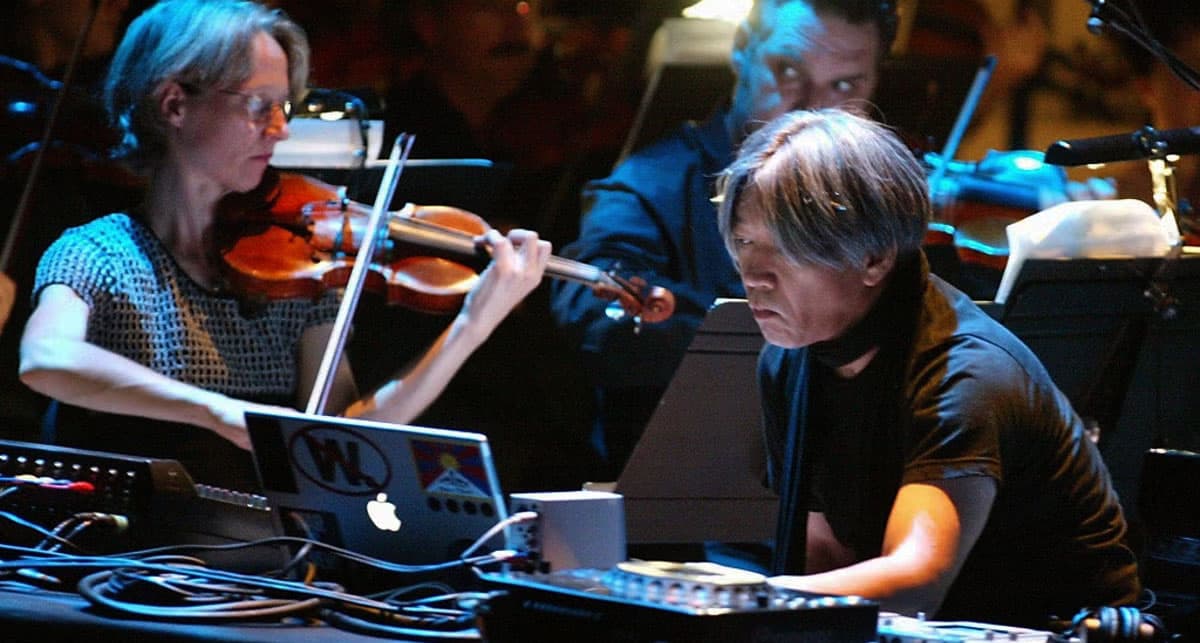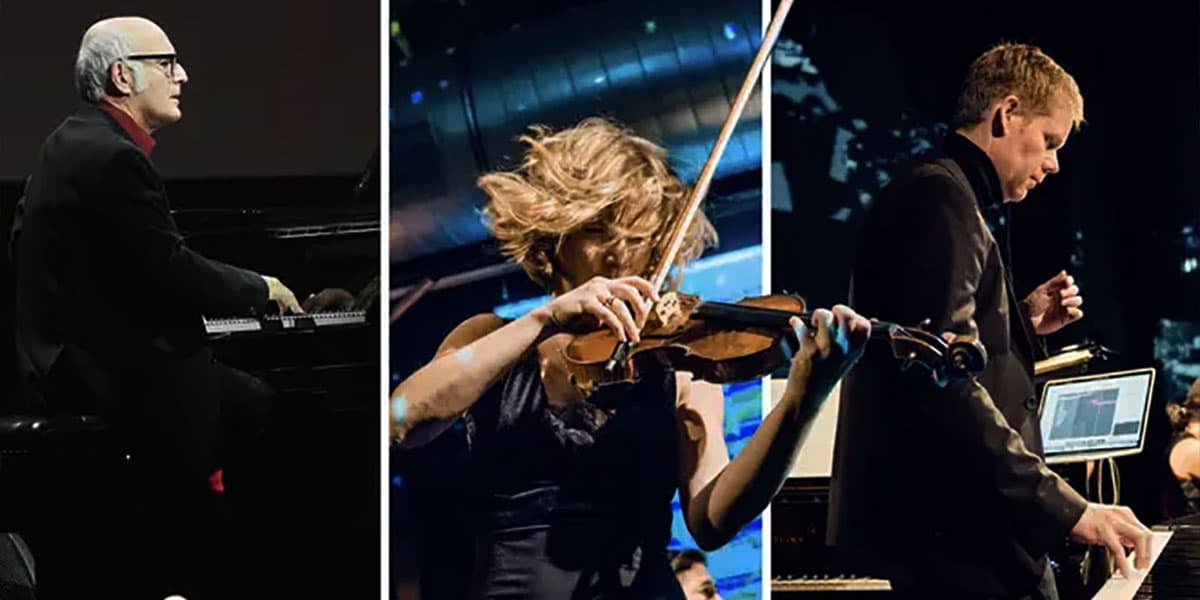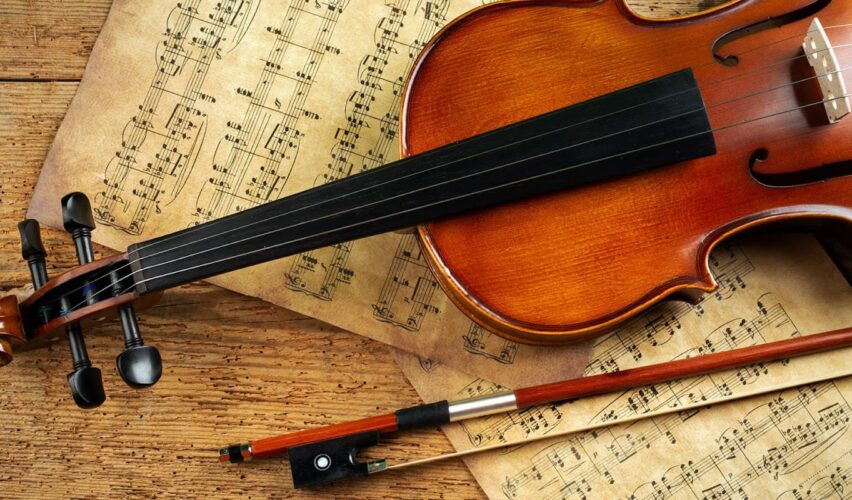Classical music refers to the instrumental and orchestral styles that originated in Europe during the Medieval, Renaissance, and Baroque periods. While classical compositions are hundreds of years old, they have a timeless quality and continue to influence modern music. In this article, we will look at how elements of classical music (from its song structures to instruments) have shaped newer musical genres that emerged in the 20th and 21st centuries.
In this article, we will see that while genres like rock, metal, Hip-Hop, and others have very distinct sounds, they borrowed and adapted aspects of classical music influence to create something new. The impact of composers like Bach, Beethoven, and Mozart continues today in how modern musicians write and arrange songs. The classical music influence is evident even in contemporary genres.
Moreover, this blending of classical elements with contemporary sounds has found a new dimension within the realm of home theater systems, offering listeners an immersive auditory experience. The sophisticated sound engineering of modern home theaters can replicate the nuances of classical compositions, providing a rich, full-bodied sound that enhances the listening experience of both classical and modern music genres. By integrating classical music’s influence into the design and technology of home theater systems, we bridge the gap between the past and present, allowing the timeless beauty of classical melodies to resonate in our contemporary lives.

The roots of influence
Classical music forms the foundation of harmony, melody, and timbre, which serves as the scaffolding upon which all modern music is built. As I mentioned, elements of the classical style established hundreds of years ago remain essential across genres today. The harmonic progressions used routinely in pop, jazz, rock, and other styles follow principles established in the Baroque and Classical periods by outstanding musicians like Bach and Mozart. Similarly, compositional techniques like the development of motifs (short, recurring melodic ideas) owe credit to these eras.
Many rock bands imitate the woodwinds, strings, and other instruments characteristic of classical orchestras of the era. Even electronic dance subgenres sometimes use something from classical works in their compositions.
Composers like Debussy, Stravinsky, and Riley bridged classical music and modern genres through experimental pieces using rhythm and tonal colors in groundbreaking ways. Without the innovations of the classical genre, today’s understanding of melody, complex chord changes, and instruments would be fundamentally impaired. It is this unique combination of classical music and modern genres that has shaped our musical culture.

Classical meets pop
Modern pop songs often borrow directly from classical works or integrate classical composition methods into catchy, mainstream productions. For example, pop singer Vitamin String Quartet creates Billboard-charting covers of songs in the style of classical music, bringing a cello and violin twist to modern hits. Artists like Kanye West sample choirs, strings, and piano riffs from old classical pieces to add drama to tracks. His song “Dark Fantasy” features interludes from St. Thomas Choir infused with a beat switch.
Beyond direct samples, pop producers use techniques like counterpoint melodies and theme variations to build interest among sophisticated music lovers. Songs like the 4 chords song “Don’t Stop Believin” by Journey or “Things I Used To Do” exhibit harmonic and structural choices mirroring classical music. Through both overt reproductions of classical works and subtle incorporation of composition elements learned from the early eras of music, classical elements in pop music appear frequently behind today’s charting releases.
Rock and classical fusion
Rock groups have frequently turned to the grand, dramatic styles of classical music to elevate their songs. Progressive rock bands in the 1970s, like Emerson, Lake & Palmer, and Yes, would perform rock interpretations of famous classical repertoire. On conceptual albums, they would pen multi-movement suites channeling composers like Copland and Stravinsky, as well as using synthesizers to mimic strings and horns.
Later, groups like Metallica and Mudvayne brought thrashing guitars together with sweeping orchestral accompaniment on metal ballad tracks and acoustic intermissions on records. Iconic guitarist Yngwie Malmsteen is trained in classical technique, allowing him to accurately shred solos, echoing Paganini and Liszt’s virtuosity. The Moody Blues pioneered a style called orchestral rock, fusing poetic lyrics with keyboard and mellotron-generated symphonic effects.
Overall, incorporating classical strings, woodwinds, and compositional styles has endowed rock with greater sonic grandeur and complexity. Conceptual, virtuosic, and stylistically progressive branches of rock exhibit a heavy classical influence. This merging of aesthetics dramatically shaped the evolution of the genre by increasing the depth of its arrangements.
Classical music in Hip-Hop and electronic music
From sampling famous symphonies to replicating baroque techniques, hip-hop, and electronic musicians are finding creative ways to integrate classical music into modern productions. As I’ve told you before, Kanye West’s “Dark Fantasy” manipulates a vocal composition by St. Thomas Choir into a powerful rap anthem. Producer RJD2 expertly fuses classical piano, strings, and soulful vocals for a singular orchestral hip-hop sound.
On the electronic side, composers like Max Richter produce neoclassical synth music inspired by the works of Vivaldi, Bach, and other greats reimagined with digital technology. German DJ Schiller’s album Timeless includes tracks that are essentially techno remixes of Beethoven’s and Mozart’s pieces. This demonstrates how classical chord structures, arpeggios, and harmonies can be adapted into pulsing, beat-driven compositions. The group Hybrid weaves operatic vocals and cinematic strings around thumping electronic dance beats, epitomizing a futuristic take on classical music.
As classical forms the root of melody and harmony in the Western canon, it makes sense that electronic music inspired by classical foundations results in unique arrangements. Contemporary producers exponentially expand their “musical vocabulary” by infusing classical elements into hip-hop and electronica.


